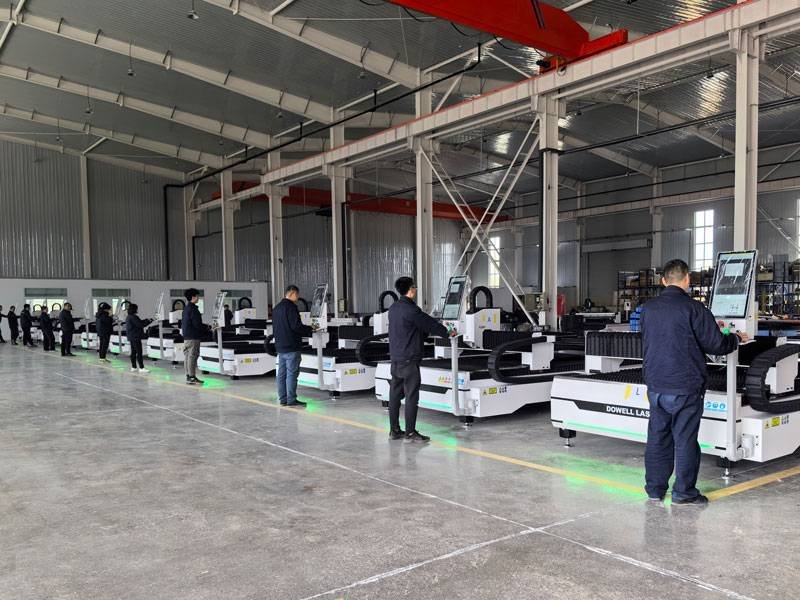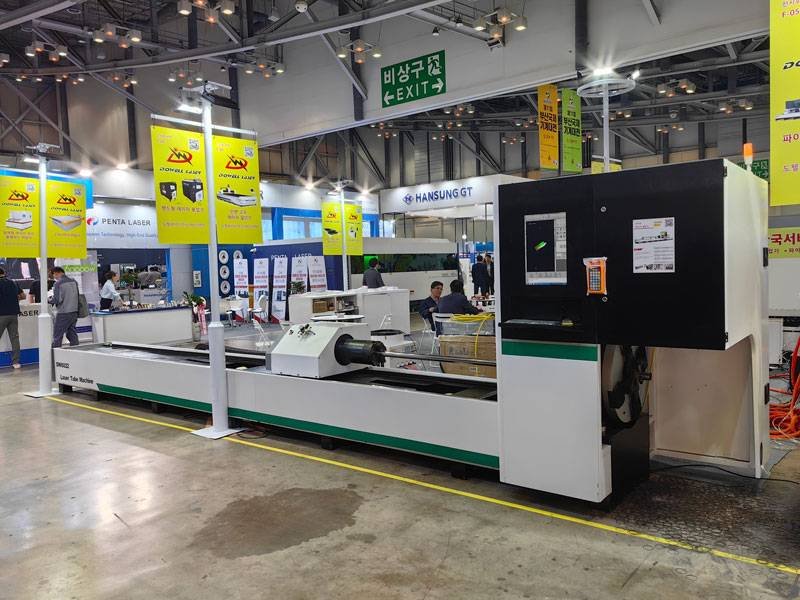china robot laser welding machine system factory
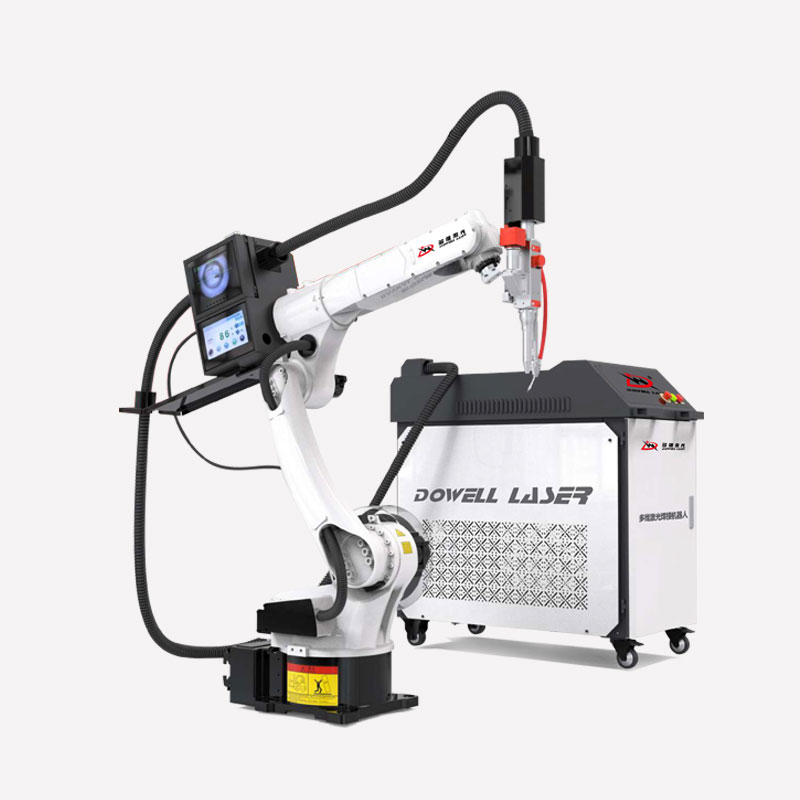
Automatic Industrial 3D 6 Axis robot laser welding machine system for Sale
- Brand:DOWELL LASER
- Power:1000w 1500w 2000w 3000w
- Custom processing: Yes
- 0.4~4mm low carbon steel, stainless steel, non-ferrous metal welding
- Other names: laser welding robot system, robot arm laser welding
- Suitable for large-scale space welding, it can realize six-axis linkage and realize welding in any space;
robotic laser welder Introduction
Robotic laser welding (robotic fiber laser welding machine system) combines the precision of laser with the robotic arm system to realize 3D 6-axis rotation welding process, which can realize some difficult and dangerous work.
The six-axis industrial robot laser welding machine can achieve high precision, improve work efficiency, stable welding, small weld, no welding materials, and greatly reduce the welding cost. It can realize spot welding, butt welding, lap welding, yin and yang fillet welding, sealing welding, etc.
fiber laser welding robot Parameters
- Brand: Dowell Laser
- Power: 1000w-3000w 3D 6 axis laser cutter
- Repeat positioning accuracy: ±0.08mm
- Central wavelength: 1080
- Welding depth: SUS304 (0.5MM-5MM)
- Switching light time: 20
- Frequency: 20
- End load: 20k
- Operating radius: 1720m
- Positioning indication: red light + CCD / RED + CCD
- Fiber core diameter: 50/100
- Output fiber terminal: QBH
- 1 axis: upright/inverted-167°-167°wall-mounted-30°-30°
- 2 axis: 0° ~ 175°
- 3 axis: -80° ~ 150
- 4th axis: 190° ~ 190°
- 5th axis: 105° ~ 130°
- 6th axis: 210° ~ 21
Fiber laser welding robot composition
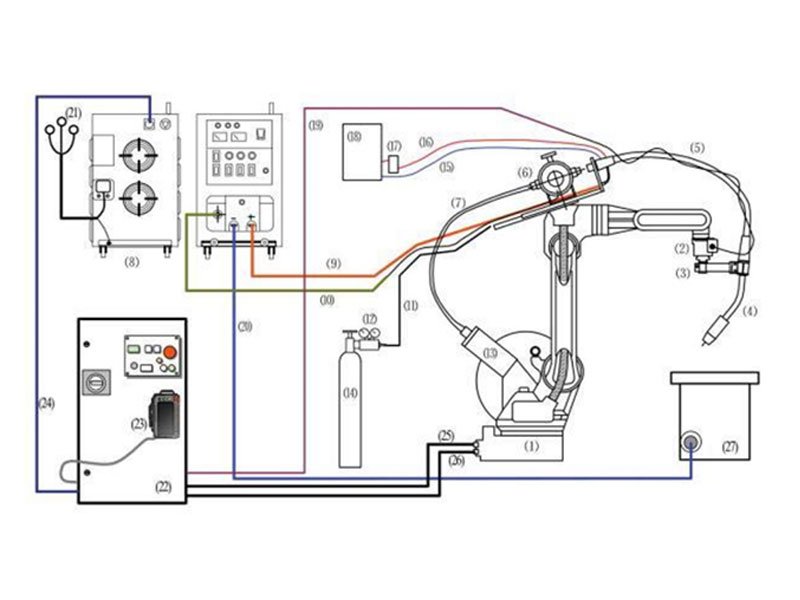

| No. | Name | No. | Name | No. | Name |
|---|---|---|---|---|---|
| (1) | Robot Body | (10) | Wire Feeder Control Cable | (19) | Collision Sensor Cable |
| (2) | Collision Sensor | (11) | Shielding Gas Hose | (20) | Power Cable (-) |
| (3) | Torch Holder | (12) | Shielding Gas Flow Regulator | (21) | Welding Power Supply Cable |
| (4) | Welding Torch | (13) | Wire Reel Stand | (22) | Robot Control Cabinet |
| (5) | Torch Cable | (14) | Shielding Gas Cylinder | (23) | Robot Teaching Pendant |
| (6) | Wire Feeder | (15) | Cooling Water Pipe | (24) | Welding Machine Communication Cable |
| (7) | Wire Conduit | (16) | Cooling Water Pipe | (25) | Robot Power Supply Cable |
| (8) | Welding Power Source | (17) | Water Flow Switch | (26) | Robot Control Cable |
| (9) | Power Cable (+) | (18) | Cooling Water Tank | (27) | Fixture and Workbench |
Welding depth
| Power (W) | Stainless Steel (mm) | Carbon Steel (mm) | Aluminum Plate (mm) |
|---|---|---|---|
| 1000 | 1-2 | 1 | 1 |
| 1500 | 1-3 | 1-2 | 1-2 |
| 2000 | 1-4 | 1-3 | 1-3 |
| 3000 | 1-5 | 1-4 | 1-4 |
6 Axis Robotic Laser Welding Machine Features
- The laser welding head has built-in swing, and there are multiple swing forms to choose from, which effectively increases the gap tolerance and improves the welding width
- High repetition frequency, high accuracy, simple operation under full computer control, and low risk of welding by manipulators
- Water-cooled welding gun, ergonomic design, flexible and convenient, longer welding distance, can achieve spot welding, butt welding, lap welding, yin and yang fillet welding, sealing welding, etc.
- Fiber laser has good beam quality, small focused spot, high positioning accuracy, fast welding speed, firm and beautiful welds, bringing customers efficient and perfect solutions
- The welding area has little heat impact, is not easy to deform, effectively avoids blackening and traces on the back, has a large welding depth, and is fully melted and firm.
- Built-in camera and display screen, convenient for observing real-time program and position during programming and welding
- Equipped with precision wire feeding device and centralized control
robotic laser welding advantages
- Consistent Quality: Robotic laser welding systems deliver highly precise and accurate welds, ensuring consistent quality across all products. The precision is maintained even with complex geometries and difficult-to-reach weld areas, which is often challenging for manual welding.
- Tight Tolerances: The technology allows for tighter control over weld dimensions and heat input, minimizing distortions and defects. This is particularly important in industries such as aerospace and automotive, where high precision is critical.
- Repeatability: Once programmed, robotic systems can perform the same welding operation repeatedly with exact accuracy, reducing variability and ensuring uniformity in large-scale production.
- Faster Welding Speeds: Robotic laser welding can operate at much higher speeds than traditional welding methods, significantly increasing throughput and reducing cycle times.
- Continuous Operation: Robots can work continuously without breaks, maximizing uptime and output. This leads to higher productivity levels and the ability to meet tight production schedules.
- Automation of Repetitive Tasks: Robotic systems automate repetitive welding tasks, freeing up human operators to focus on more complex tasks, thereby improving overall workflow efficiency.
- Reduced Exposure to Hazards: Robotic systems reduce the need for human welders to be directly exposed to the hazards associated with welding, such as intense heat, fumes, and ultraviolet radiation.
- Safer Work Environment: With robots handling the welding tasks, the work environment becomes safer, reducing the risk of accidents and injuries. This is especially beneficial in high-temperature and toxic environments.
- Ergonomic Benefits: Automating welding processes minimizes the physical strain on workers, reducing fatigue and the risk of repetitive strain injuries.
- Labor Cost Savings: By automating the welding process, manufacturers can reduce labor costs significantly, as fewer skilled workers are required to oversee the operations.
- Reduced Material Waste: The precision of robotic laser welding minimizes material waste and rework, leading to cost savings on raw materials.
- Long-Term ROI: While the initial investment in robotic laser welding systems can be high, the long-term savings from increased efficiency, reduced waste, and lower labor costs result in a strong return on investment.
- Wide Range of Applications: Robotic laser welding can be used for various materials and thicknesses, including metals like steel, aluminum, titanium, and alloys. This versatility makes it suitable for multiple industries, including automotive, aerospace, electronics, and medical devices.
- Complex and Intricate Welds: The precision of laser technology allows robots to perform complex and intricate welds that might be challenging or impossible with traditional methods.
- Ease of Programming and Reprogramming: Modern robotic systems are easily programmable, allowing for quick adjustments and reprogramming to accommodate different tasks and products. This flexibility is essential for manufacturers dealing with changing production demands.
- Controlled Heat Application: Laser welding applies heat more precisely, reducing the overall heat input to the workpiece. This minimizes thermal distortion and preserves the integrity of the materials being welded.
- Better Aesthetic Quality: With reduced heat distortion, the aesthetic quality of the welds is improved, resulting in smoother finishes and less post-weld cleanup.
- Energy Efficiency: Robotic laser welding systems are generally more energy-efficient than traditional welding methods, leading to reduced energy consumption and lower carbon footprints.
- Less Fume and Smoke Emission: The precision and efficiency of laser welding result in less fume and smoke emission, contributing to a cleaner and safer working environment.
- Real-Time Monitoring: Many robotic laser welding systems come equipped with advanced sensors and monitoring tools that provide real-time feedback on weld quality. This allows for immediate adjustments and ensures that high-quality standards are consistently met.
- Defect Detection and Correction: Automated systems can detect defects early in the welding process and make necessary corrections, reducing the likelihood of defective products reaching the end of the production line.
- Adaptability to High-Volume Production: Robotic laser welding systems can be scaled to meet high-volume production demands, making them ideal for industries that require large-scale manufacturing capabilities.
- Integration with Other Automated Systems: These systems can be seamlessly integrated with other automated manufacturing processes, creating a cohesive and efficient production environment.
- Faster Setup and Changeover: The ease of programming and setup for robotic laser welding systems reduces the time required to transition between different products or tasks, leading to shorter lead times and faster project completion.
- On-Demand Production: Manufacturers can quickly respond to customer demands and changes in market conditions, allowing for more agile production processes.
Configuration
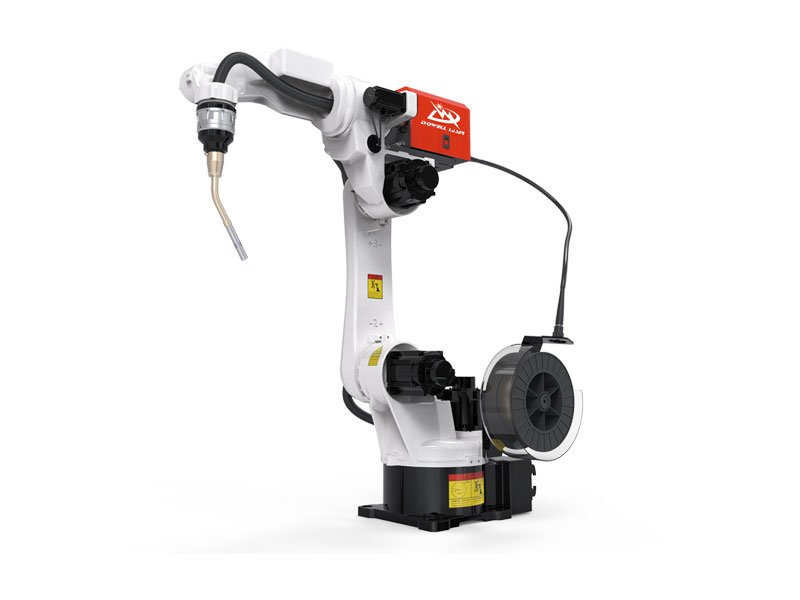
Body die-casting process
Straight back design of the forearm, simple and beautiful;
The robot body has a built-in integrated pipeline package design;
Slender arm, small interference, flexible joints, and a wide range of motion;
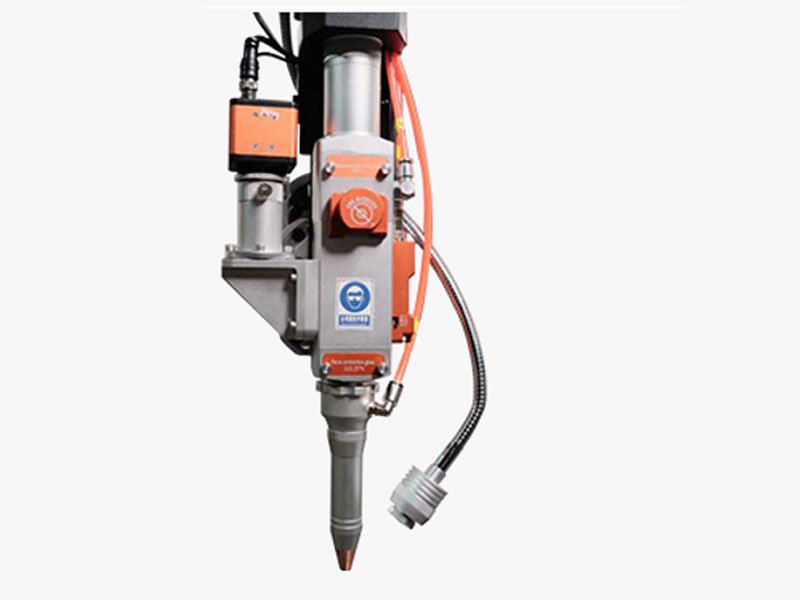
Oscillating laser welding head
With built-in swing, multiple swing forms are optional, which increases the gap tolerance and the welding width;
Ergonomic design, flexible and convenient, longer welding distance,
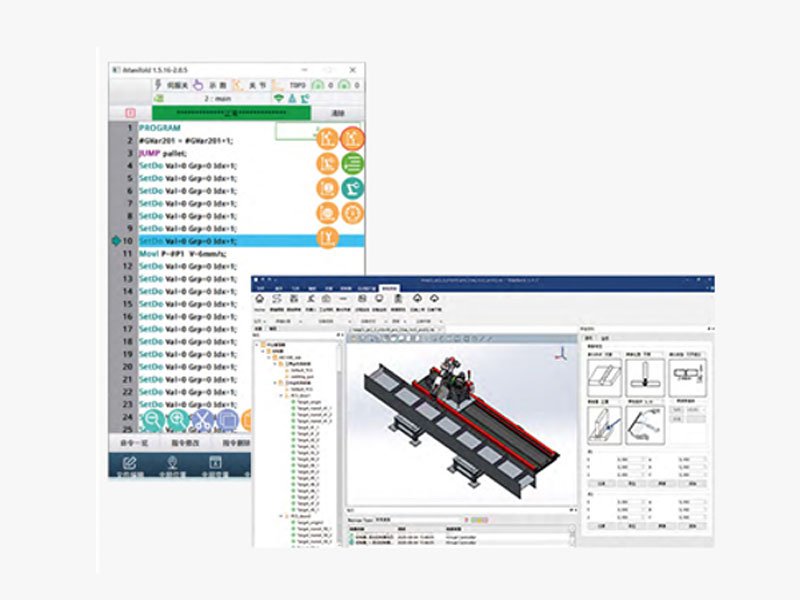
Intelligent interactive control system
Friendly interactive system, easy to use;
Supports importing workpiece 3D models and automatically generates welding teaching programs;
Speed planning, path planning, spline planning, smooth and efficient transition;
robot welding laser seam tracking
Red light positioning brings efficient and perfect solutions to customers;
Collect data on the robot welding path and automatically perform complete analysis;
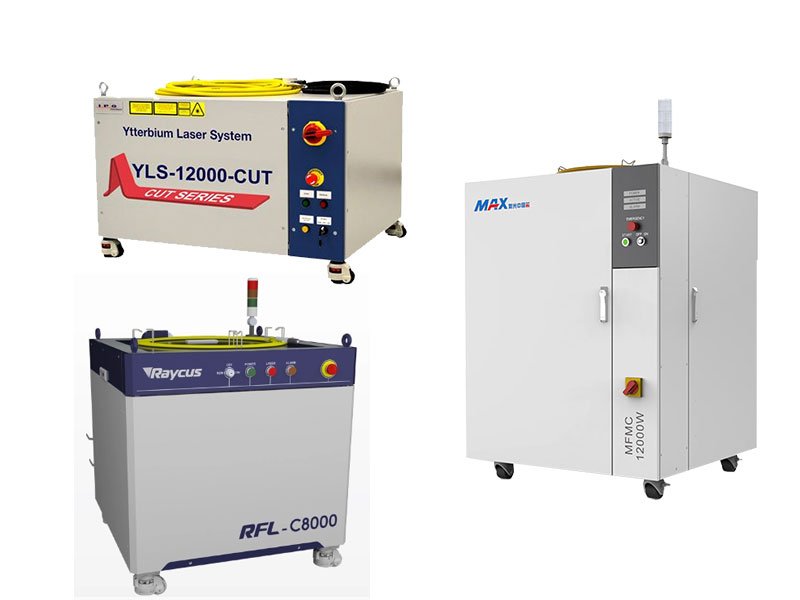
Laser Source:RAYCUS,MAX, RECI
Well-known laser manufacturer in China, stable performance, lifespan up to 100,000 hours
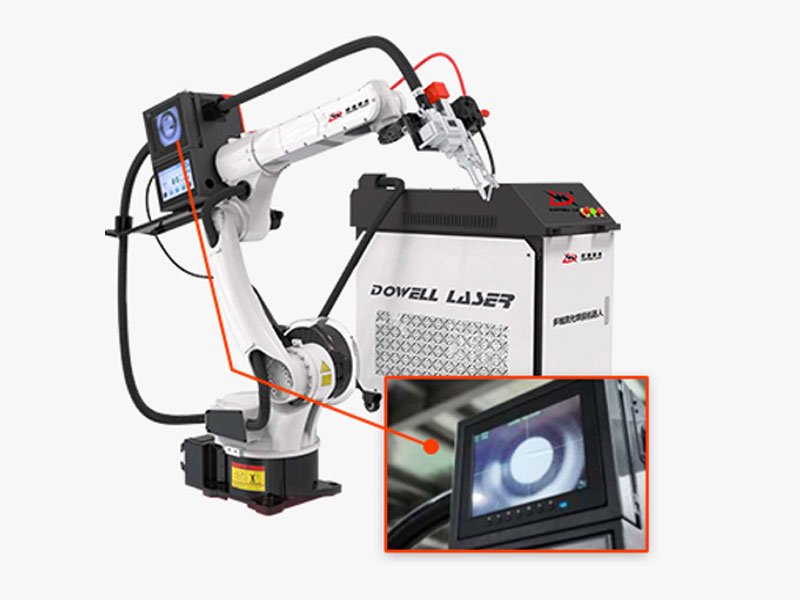
CCD monitoring observation
DOWELL LASET welding effect and path visualization;
Ensure welding effect; Protect eyes;
application
Precision welding of optical communication devices, medical, electronics, batteries, fiber-coupled devices, cathode ray tube electronics, metal parts, mobile phone vibration motors, watch precision parts, automotive steel sheets, etc.
- Automotive: Welding of body panels, chassis components, and engine parts.
- Aerospace: Welding of titanium and other high-strength alloys used in aircraft and spacecraft construction.
- Electronics: Welding of delicate components in electronic devices, such as batteries and sensors.
- Medical Devices: Welding of implants, surgical instruments, and other medical components.
How Much is A 3d industrial fiber laser welding robot for sale
- Robot Brand and Model: Well-known brands are usually more expensive.
- Laser Power: The higher the power, the higher the price.
- Load Capacity: The higher the load capacity, the higher the price.
- Degrees of Freedom: The more degrees of freedom, the higher the price.
- Additional Components: Such as vision systems, turntables, etc. will increase the cost.
- Degree of Automation: The higher the degree of automation, the higher the price.
- Manufacturer Region: Different production costs will also affect the price.
Generally speaking, the price range of an industrial fiber laser welding robot is from 50,000 to 500,000 US dollars or more.
FAQ
Six-axis VS four-axis robot
- The six-axis manipulator has two more joints than the four-axis manipulator, so it has more “freedom of action”. The six-axis industrial manipulator is a compact, fully sealed, multifunctional six-axis vertical multi-joint robot driven by a servo motor.
- The joints of the six-axis manipulator can rotate freely in the horizontal plane like the four-axis manipulator, and the last two joints can move in the vertical plane.
- The six-axis manipulator has an “arm” and two “wrist” joints, which gives it similar capabilities to human arms and wrists.
- The six-axis robot can pick up parts in any direction on the horizontal plane and put them into the product at a special angle. The manipulator can perform many operations that can only be completed by skilled workers, realizing diversified product processing.
Can robot laser welding be used for small-scale production?
Yes, robot laser welding is suitable for both large-scale and small-scale production. It offers flexibility for small batches and prototypes, allowing manufacturers to adapt quickly to changing production needs.
How does robot arm laser welding improve production efficiency?
Robot arm laser welding enhances production efficiency by reducing cycle times, improving weld quality, and minimizing waste. Automation allows continuous operation with minimal downtime, increasing throughput.
What are the maintenance requirements for a robot laser welding machine system?
Maintenance involves regular checks of the laser optics, robotic arm, cooling systems, and software updates. Keeping the system clean and well-lubricated ensures longevity and optimal performance.
Can robotic laser welding machine be integrated with other manufacturing processes?
Yes, robotic laser welding machine can be integrated with processes like cutting, inspection, and assembly. Automation systems can streamline production lines, offering seamless transitions between different manufacturing stages.
What factors influence the quality of a laser weld?
Factors include laser power, welding speed, focus position, material properties, and environmental conditions. Proper parameter settings and clean surfaces are crucial for achieving high-quality welds.
What is the role of shielding gas in laser welding?
Shielding gas protects the weld pool from oxidation and contamination. Common gases include argon, helium, and nitrogen, which help improve weld quality and prevent defects.
What advancements are being made in robot laser welding technology?
Advancements include improved laser sources, real-time adaptive control systems, AI-driven process optimization, and enhanced integration with Industry 4.0 technologies for smarter manufacturing solutions.

